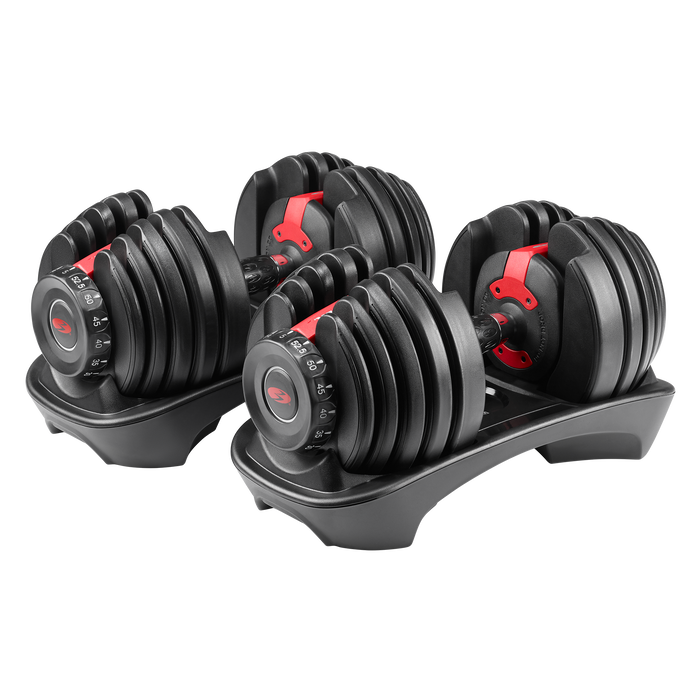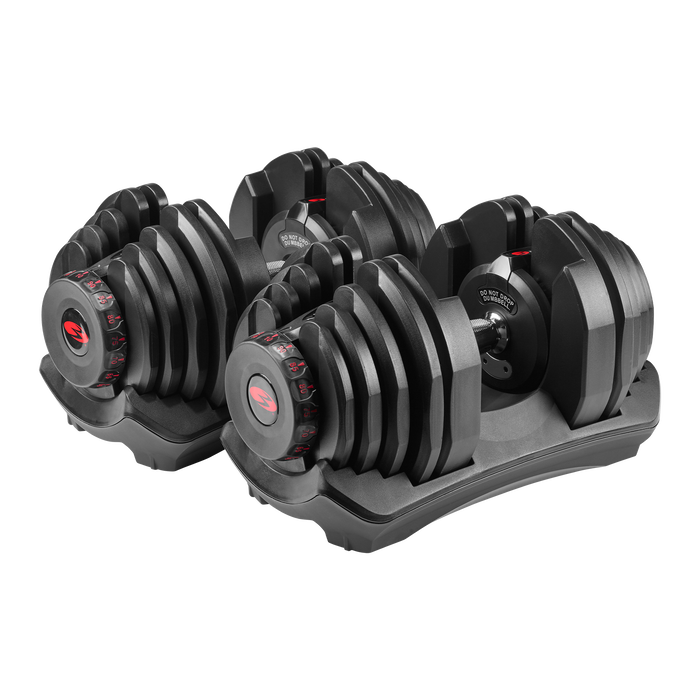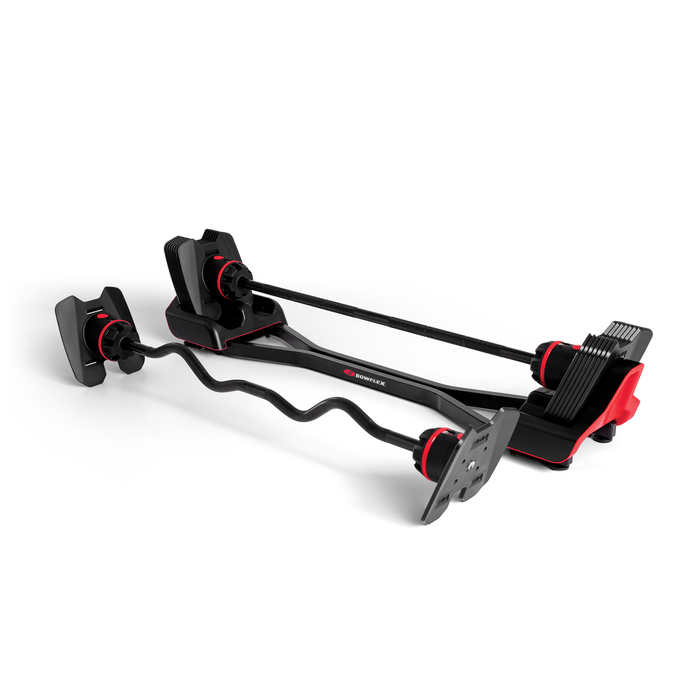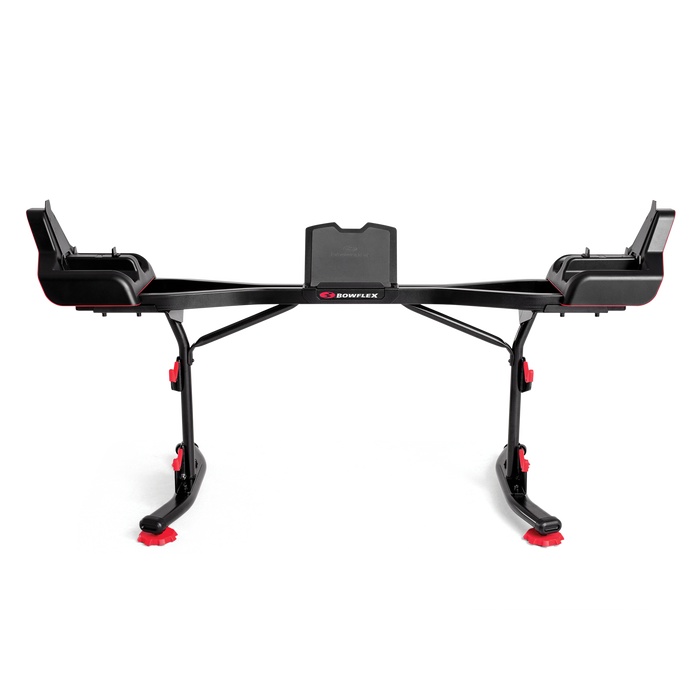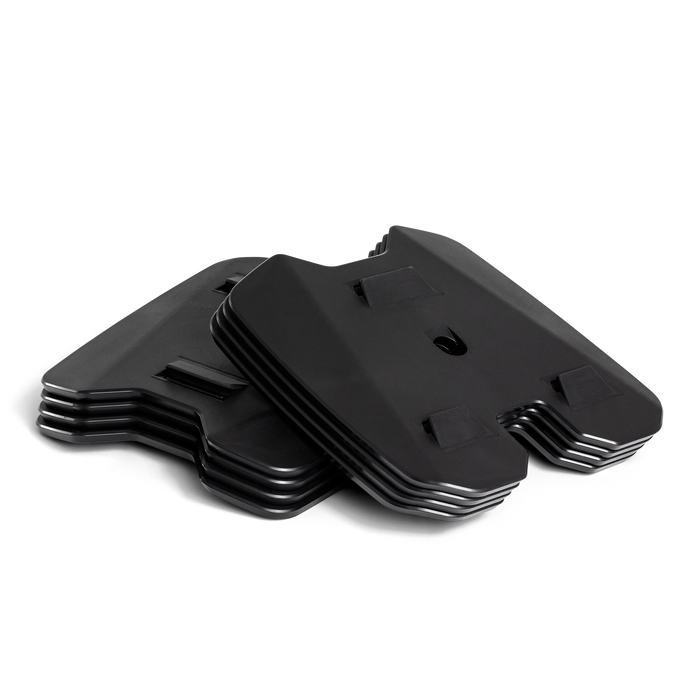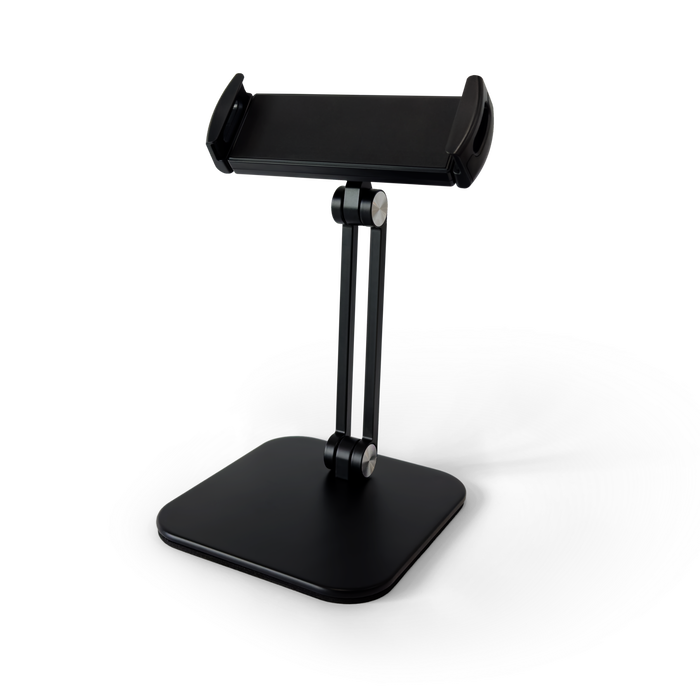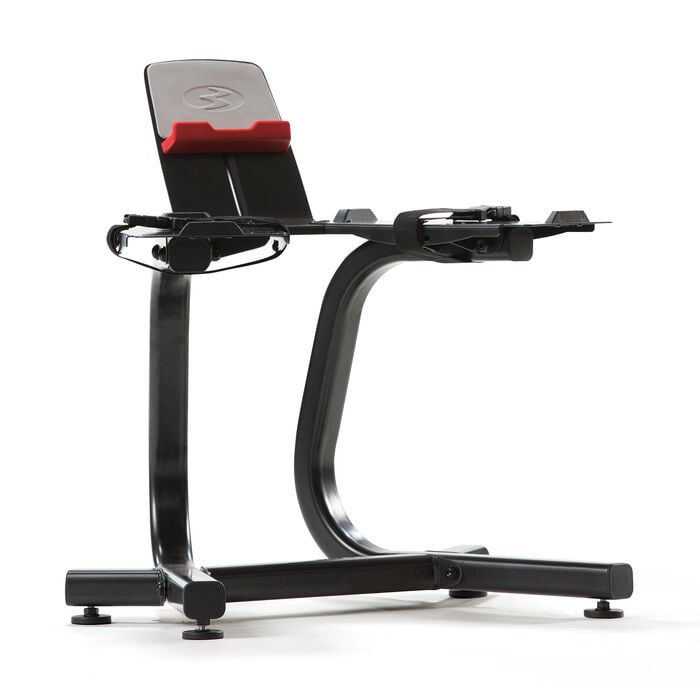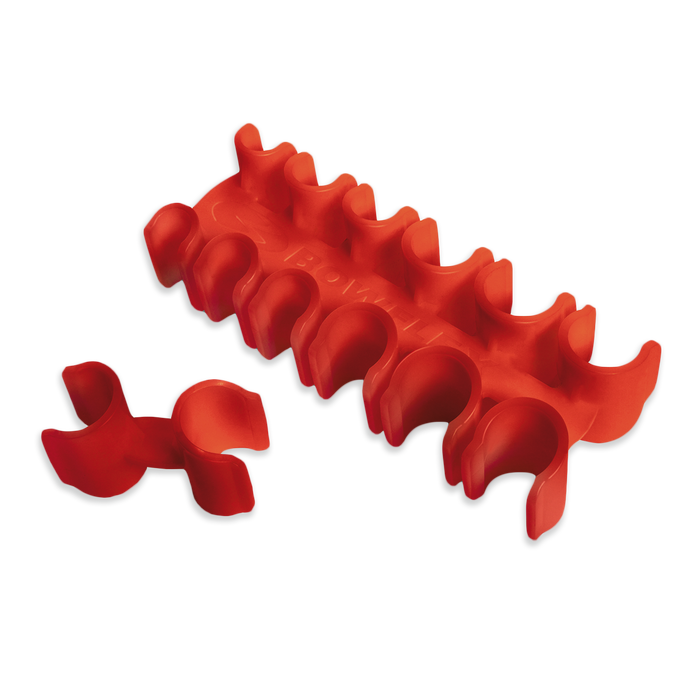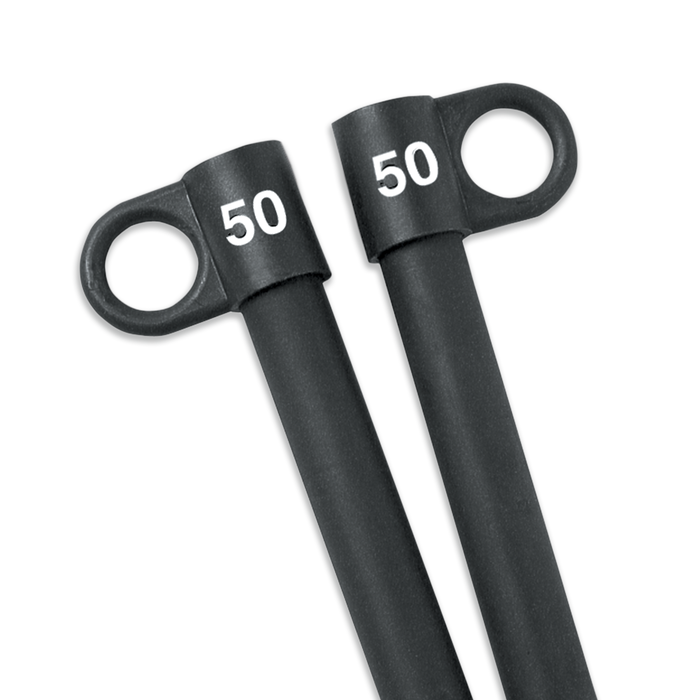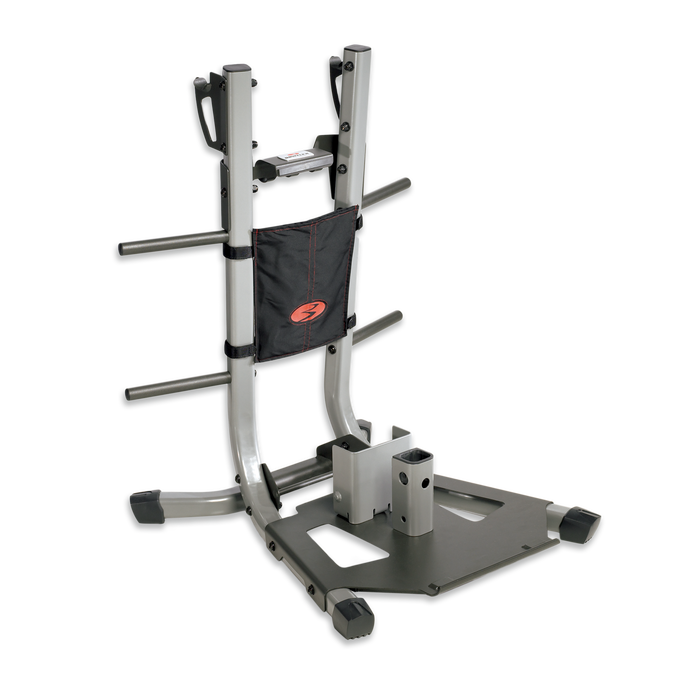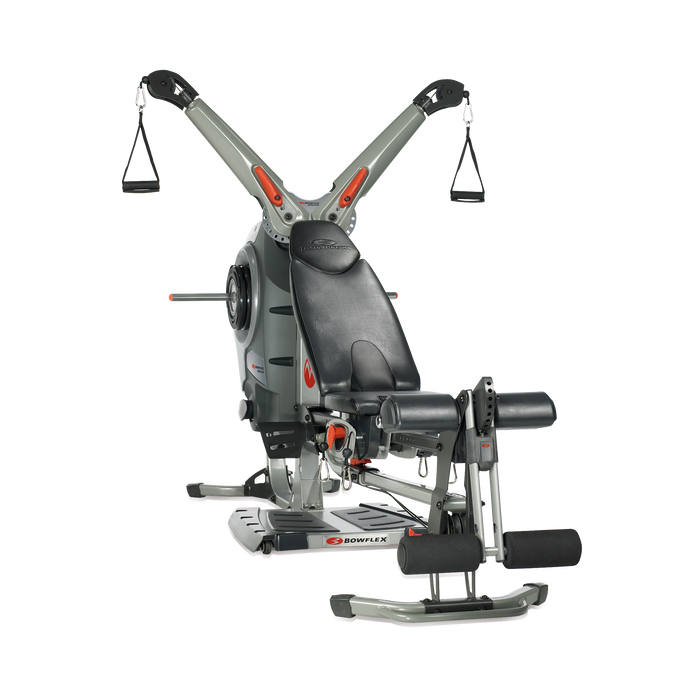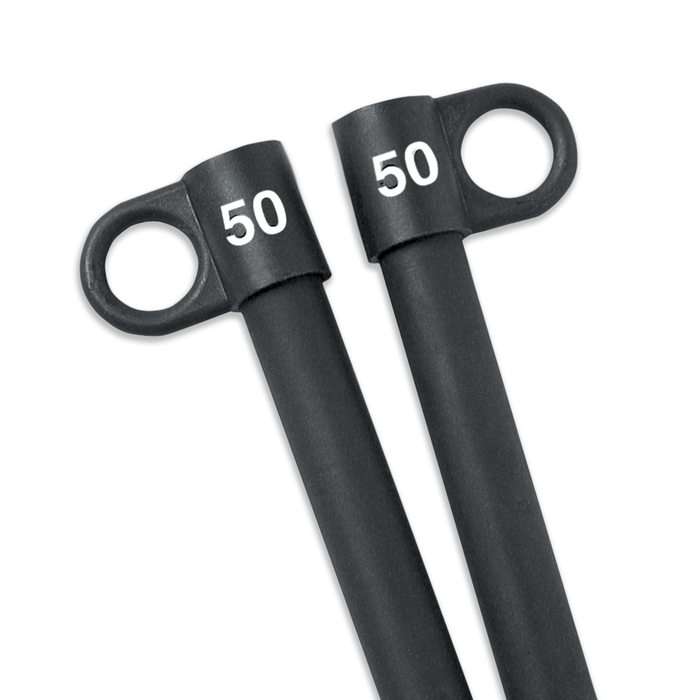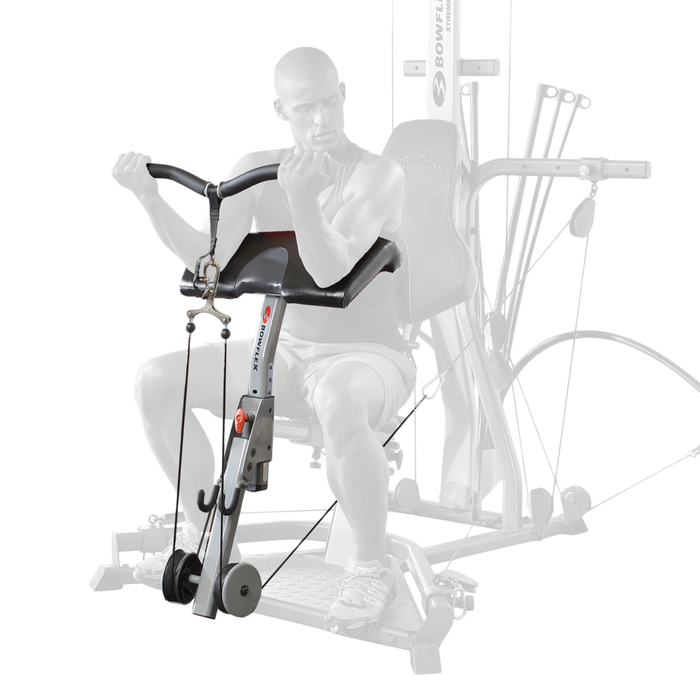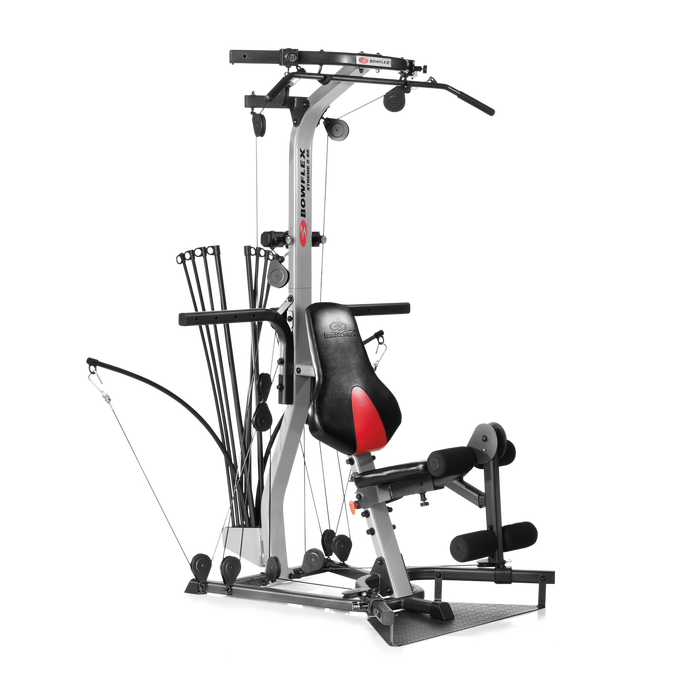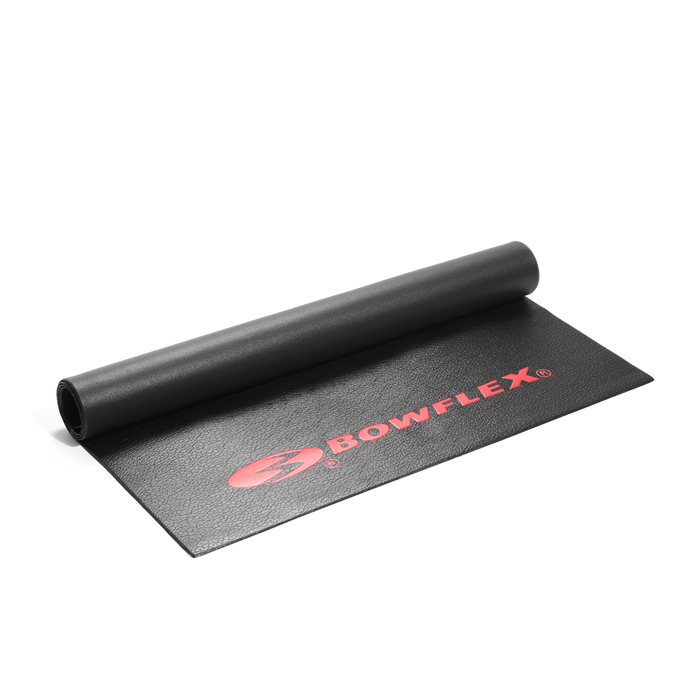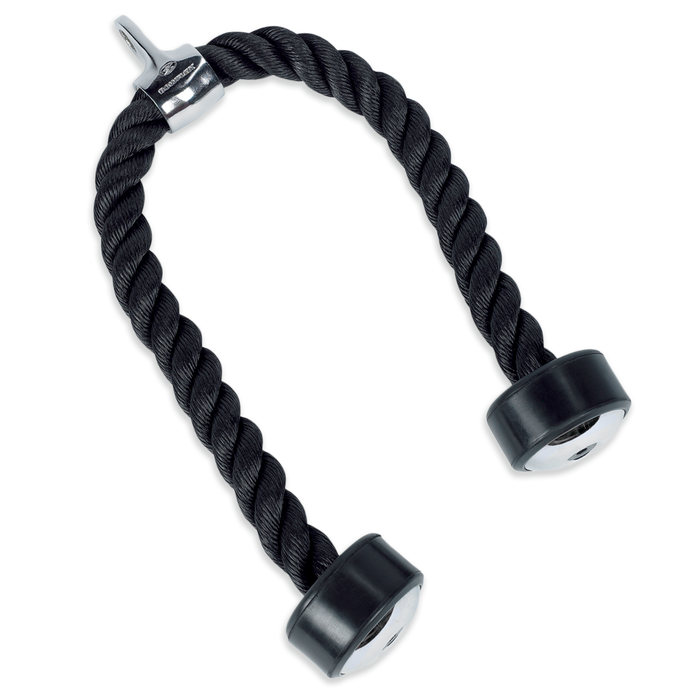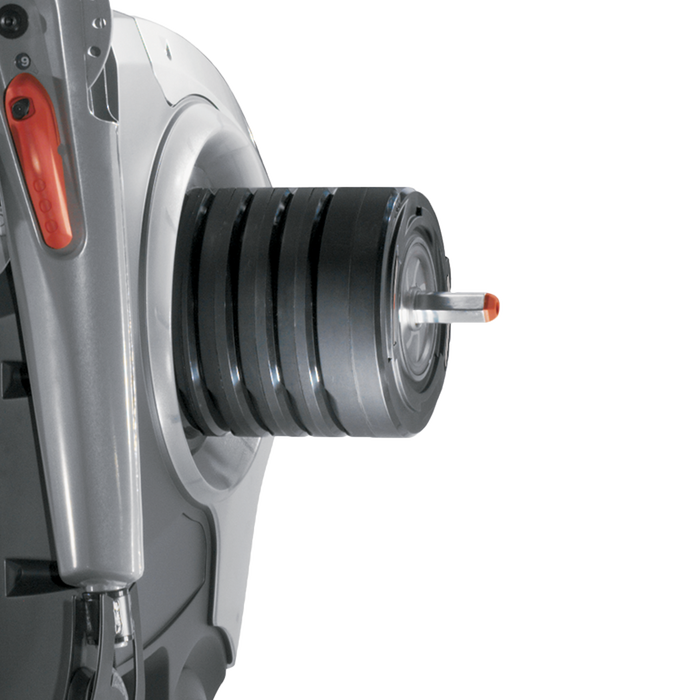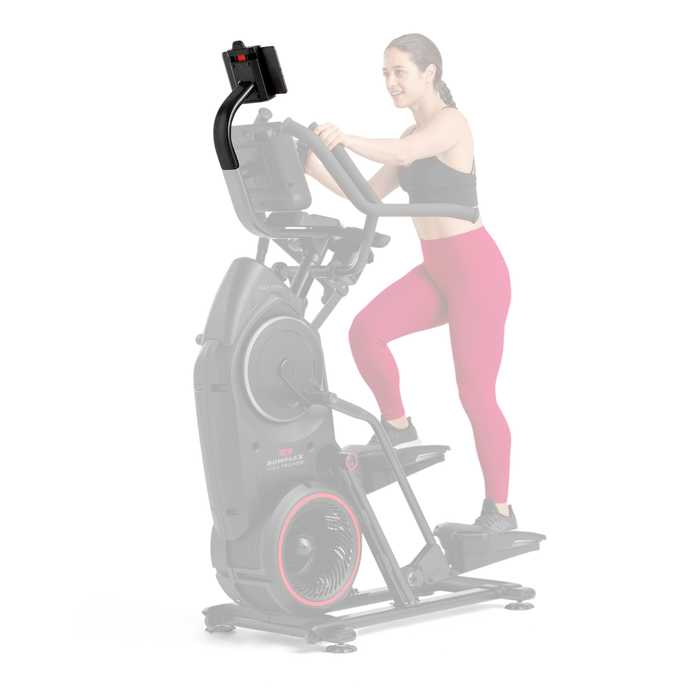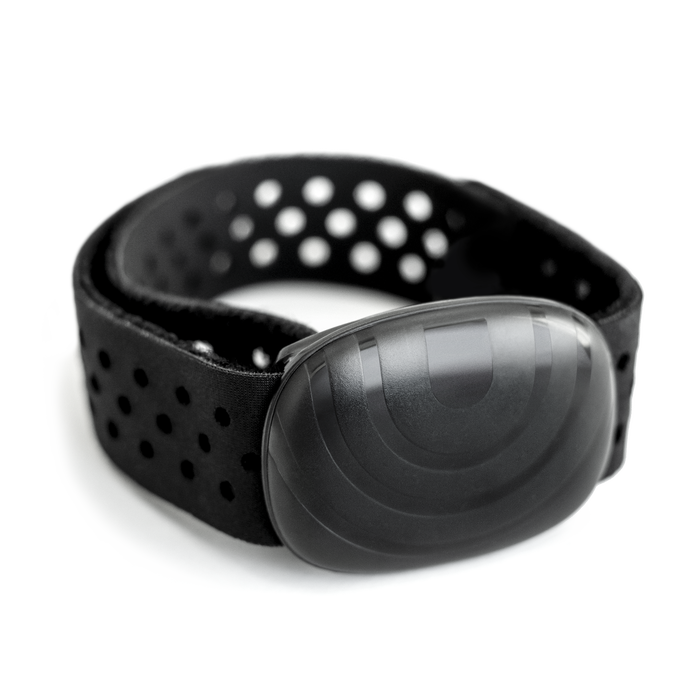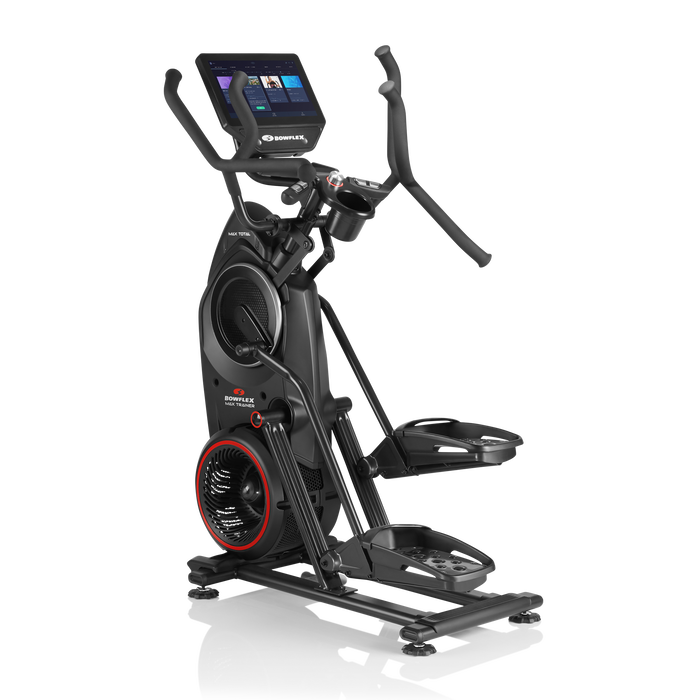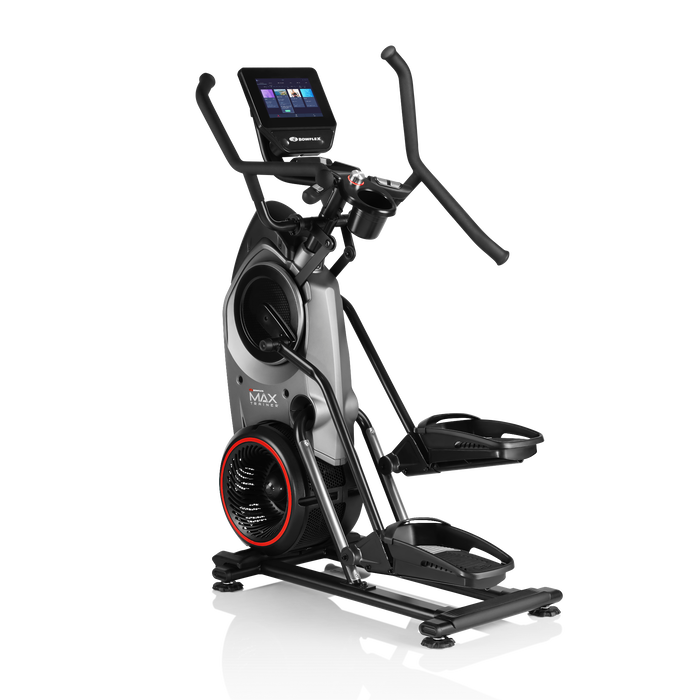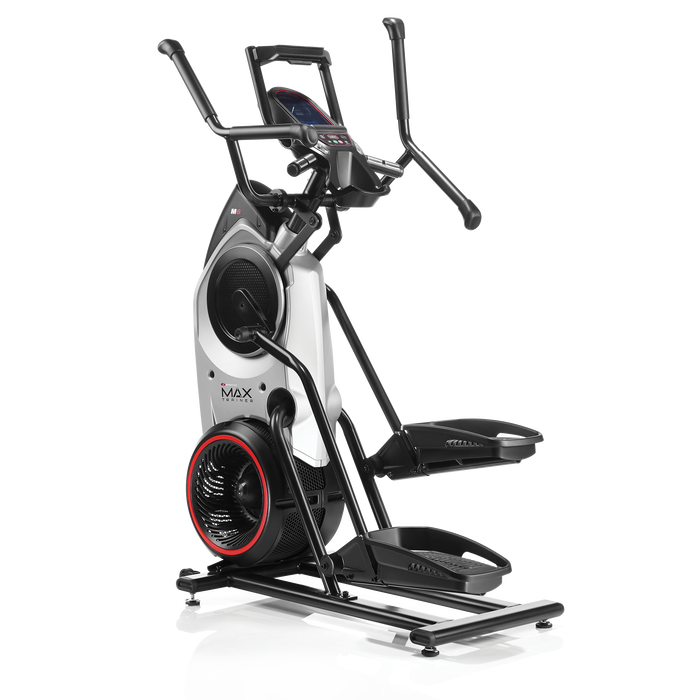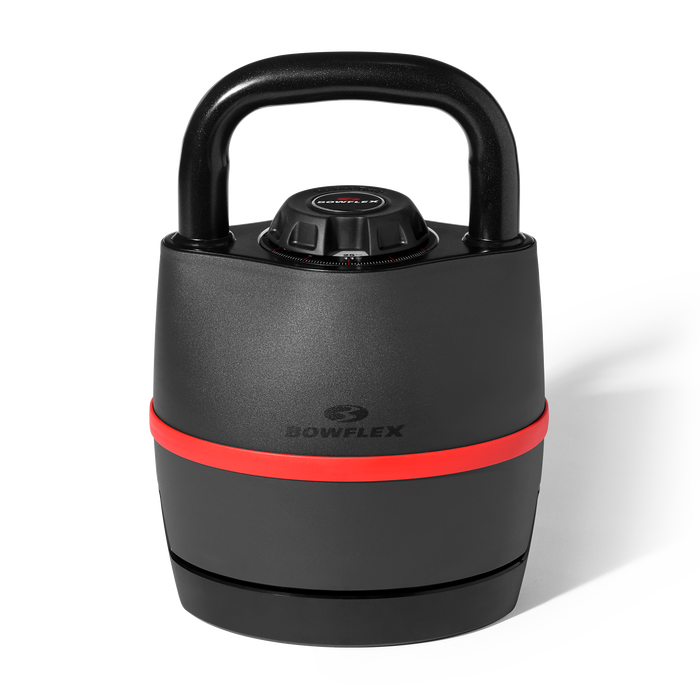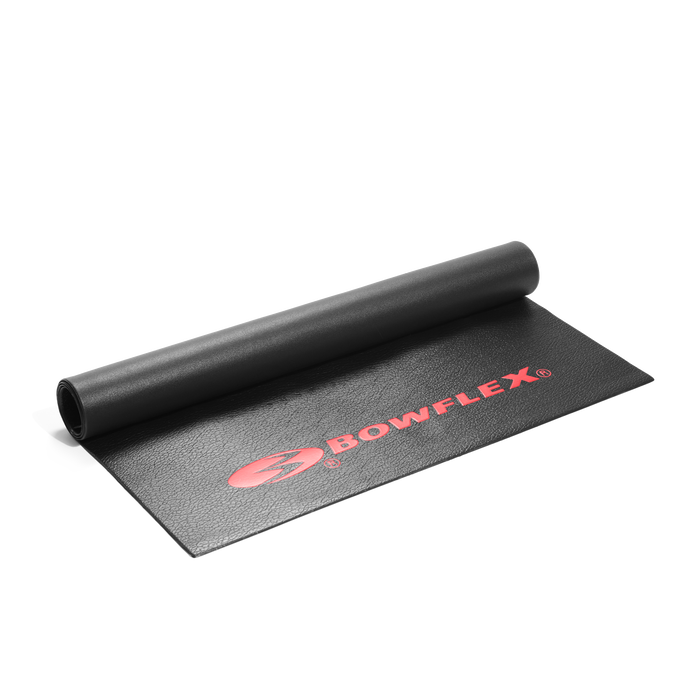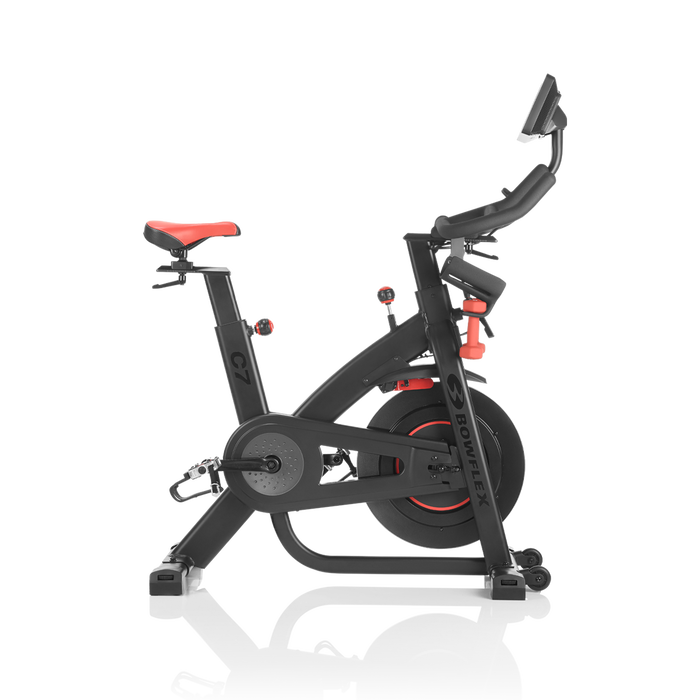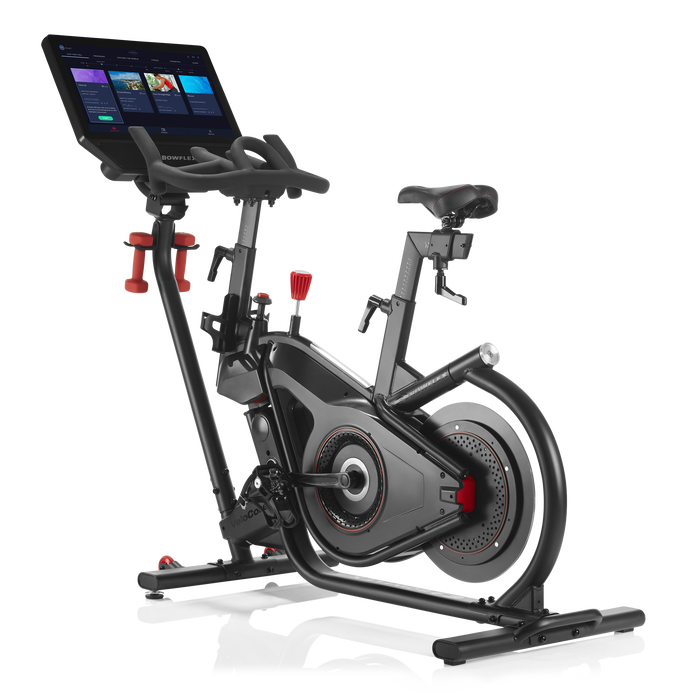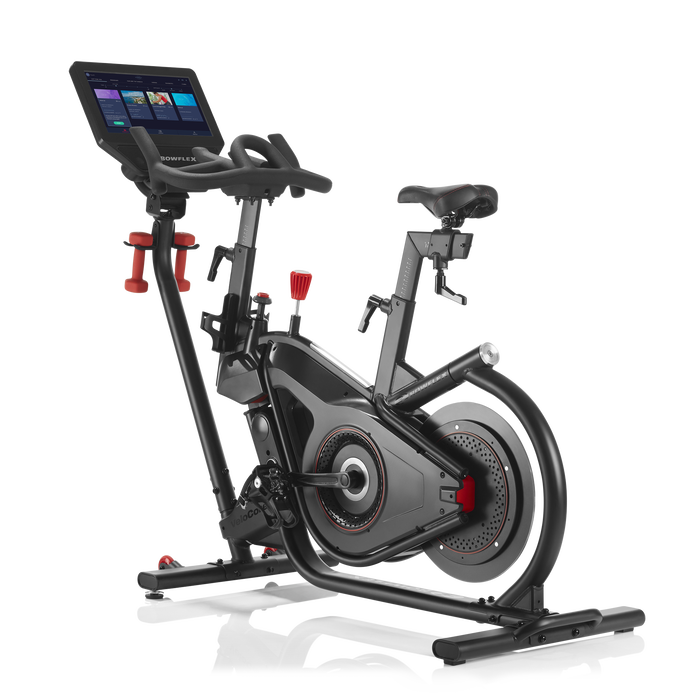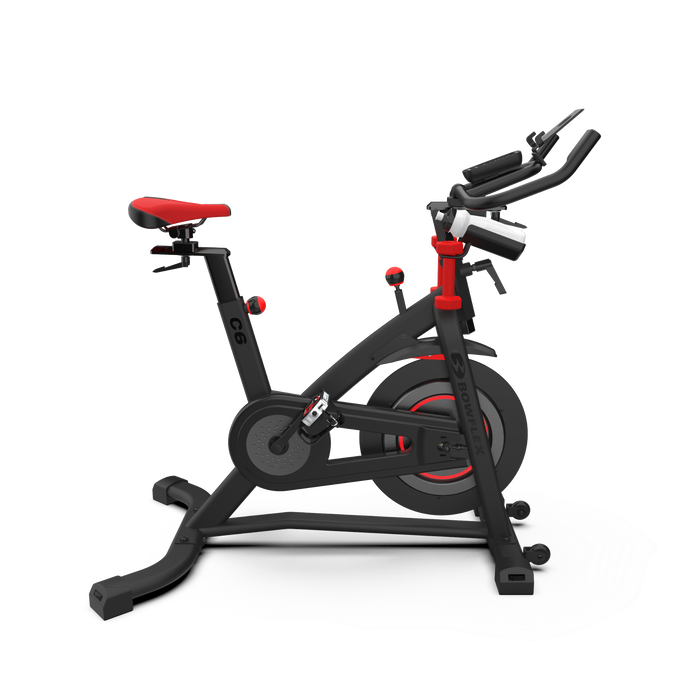Workouts for Stress Relief

We’ve all heard it before and it’s definitely not new: exercise helps reduce stress. This past year has been tough for many of us, and maybe you’ve felt it in your aching muscles or tension headaches. You may feel constantly anxious or worried. However and wherever you feel it, you’re likely not the only one.
While we’ve all tried to escape reality recently by finding a new hobby or activity, one of the most rewarding things you can do for your body when stressed is working out. When you exercise, your body produces endorphins – a chemical in your brain that can reduce stress.
With this in mind, here are a few ways to relieve daily stress, boost energy levels and support mental health – just in time for the holidays!
Breathe In, Breathe Out
The ability to manage the way you breathe directly impacts stress and anxiety. To focus on your breath, follow these simple steps:
- Sit in a quiet place with your hands in your lap.
- Slowly breathe in through your nose for eight seconds and feel your stomach expand into your chest as you inhale.
- Exhale slowly for eight seconds.
- Repeat this process until you feel your body relax and release tension.
HIIT workouts
High-intensity interval training, or intermittent sprint training, is a form of cardiovascular exercise that combines short bursts of intense exercise with less intense recovery periods. These types of exercises burn calories, boost your metabolism, and help to build muscle in a short amount of time. Here’s a Six-Minute Full Body HIIT workout to try.
Cycling
When you are cycling, the repetitive action of pedaling helps your brain release outside stresses in the same way that concentrating on a phrase or a word is used in classical mediation. The art of focusing on a single movement can help block out worries or problems, giving you a much-needed break.
Yoga
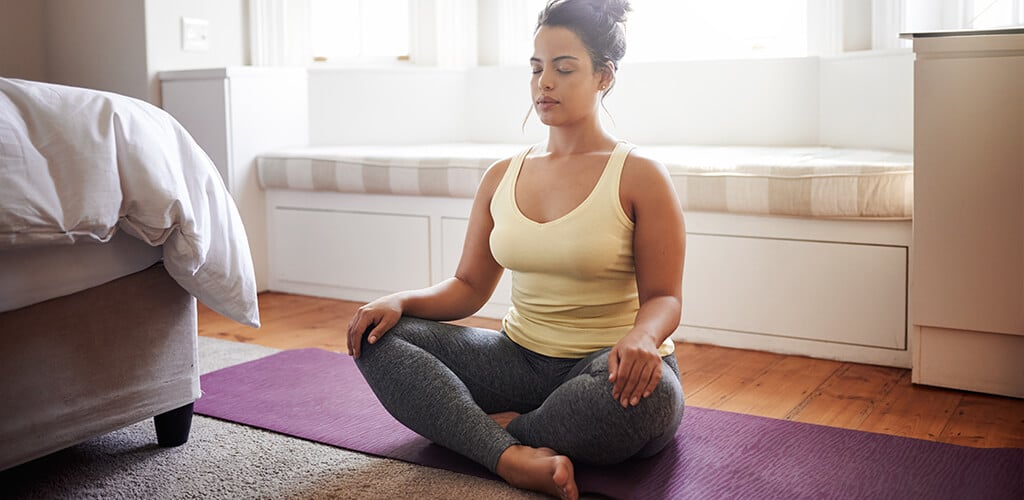
The practice of yoga is the union of mind, body and spirit. It involves balance and proper stretching techniques while maintaining controlled and slow breathing. Common yoga practices include Vinyasa, or flow yoga; Bikram yoga, or hot yoga where class is held in a space heated to 105 degrees Fahrenheit; and Power yoga, which helps strengthen the muscles and increase flexibility. Whichever form of yoga you choose, the practice of yoga helps to relax and energize at the same time.
Stretching
Stretching helps relieve muscle tension, improve quality of sleep and posture, and can prevent injury. Studies have shown stretching can even reduce the pressures of co-existing conditions between mental health and physical pain. Stretching for just five minutes can be effective.
You may also like
Fit Tip: Holiday Destress Yoga Stretch


